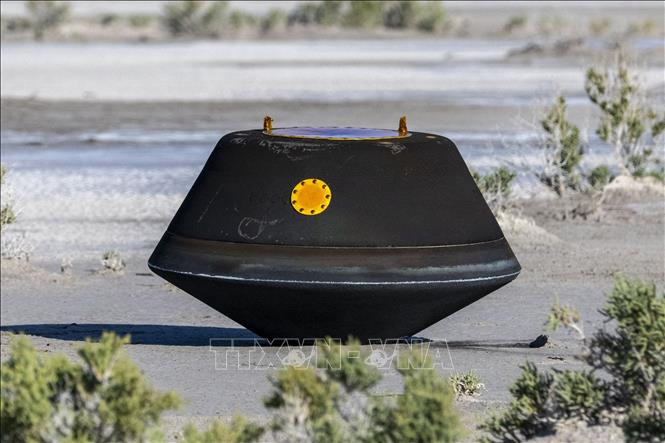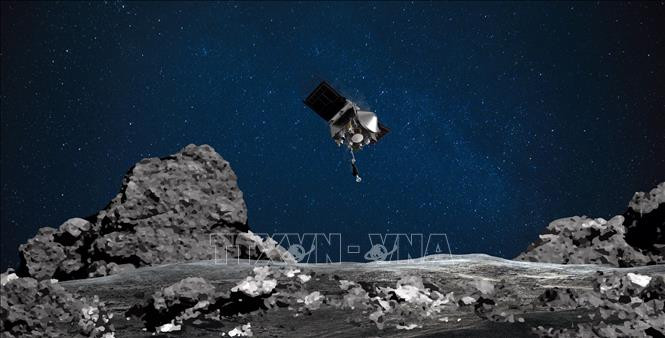A NASA spacecraft was parachuted into the Utah desert on September 24, carrying samples from the surface of the asteroid Bennu near Earth.
This is the largest specimen ever collected from the surface of an asteroid.

The OSIRIS-REx spacecraft released its sample capsule while traveling within 107,826 km of the Earth's surface. The capsule landed in a designated area in Salt Lake City at the US Army's Utah Test Range.
A team of scientists and technicians were on hand to retrieve the samples. The capsule and samples were flown by helicopter to a “clean room” at the Utah test site for initial testing.
The sample is scheduled to be delivered by military transport aircraft to NASA’s Johnson Space Center in Houston on September 25. On September 26, the sample container will be opened to divide the sample into small packages and send them to about 200 scientists in 60 laboratories around the world.
This is the largest sample ever collected from an asteroid and the third asteroid sample brought back to Earth for analysis, following two similar missions by the Japan Space Agency in 2010 and 2020.
The sample from asteroid Bennu is estimated to weigh 250 grams, much heavier than the 5-gram sample brought back from asteroid Ryugu in 2020 as well as the tiny sample brought back from asteroid Itokawa in 2010.

The OSIRIS-REx spacecraft was launched in September 2016 and arrived at the asteroid Bennu in 2018. OSIRIS-REx orbited the asteroid for nearly two years and reached the asteroid to collect samples on October 20, 2020. The spacecraft left Bennu in May 2021 to make a 1.9 billion km journey back to Earth, including two orbits around the Sun. The OSIRIS-REx spacecraft is expected to continue exploring Apophis - another asteroid near Earth.
Bennu is a carbon-rich asteroid discovered in 1999. Bennu is classified as a "near-Earth object" because it passes relatively close to Earth every six years.
Made up of a loose, rubble-like mass of rock, Bennu is just 500 meters wide, tiny compared to the Chicxulub asteroid that hit Earth about 66 million years ago, causing the extinction of the dinosaurs.
Like other asteroids, Bennu is a relic of the early Solar System. Its chemical and mineral composition has remained largely unchanged since its formation some 4.5 billion years ago, providing valuable clues about the origin and evolution of rocky planets like Earth. Bennu may even contain organic molecules similar to those needed for bacteria to emerge.
According to Tin Tuc newspaper